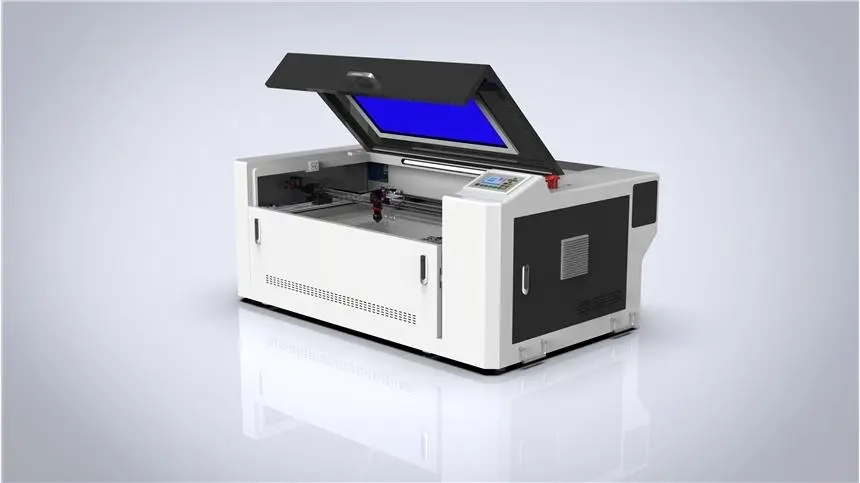Which Laser Engraving Settings Unleash the Full Potential of Glass?
When it comes to glass engraving, laser technology has revolutionized the possibilities. With its precision and versatility, laser engraving brings glass to life in ways that were once unimaginable. However, to unleash the full potential of glass and achieve remarkable results, it is essential to optimize the laser engraving settings. In this article, we will explore the key aspects of laser engraving settings that will help you achieve exceptional results with glass.
The Power of the Laser
One crucial factor in laser engraving on glass is the power of the laser. The power affects the depth and speed of the engraving. Too much power can cause the glass to crack or shatter, while too little power might not achieve the desired result. It is vital to find the right balance.
When engraving glass, it is recommended to start with lower power settings and gradually increase until the desired etching effect is achieved. Each glass type has different characteristics, so experimentation and testing are essential. Strongly recommended is to use a lower power (around 10-15%) when starting with delicate glass, and then adjust accordingly.
Remember: Too much power can harm the glass, so it is crucial to find the appropriate settings to create the desired effect without compromising the integrity of the glass.
The Speed of Engraving
Another critical aspect of laser engraving on glass is the speed at which the laser moves across the surface. The engraving speed affects the clarity and quality of the final result. A slow speed allows for more detailed and precise engravings, while a fast speed may result in a more superficial engraving.
To achieve excellent results on glass, it is recommended to adjust the engraving speed according to the desired effect. For intricate designs and fine details, slower speeds are preferable. On the other hand, if you aim for a more subtle or transparent engraving, higher speeds might be appropriate.
Always remember to consider the intricacy of the design, the type of glass, and the desired outcome when adjusting the engraving speed. This will help you achieve the best possible result.
The Frequency Setting
The frequency setting of the laser is another vital aspect when engraving glass. The frequency determines how close the laser pulses are to each other, impacting the smoothness of the engraving.
When working with glass, a lower frequency setting is typically more effective. A lower frequency enables the laser to focus better on the glass, resulting in higher precision and smoother lines. However, keep in mind that different glass types may require slight adjustments to the frequency setting.
Experimentation is key to finding the optimal frequency setting for the desired outcome. Test the engraving on a scrap piece of glass before proceeding to the final product.
Conclusion
By optimizing these key laser engraving settings, you can unleash the full potential of glass and achieve exceptional results. Remember to find the right balance between power and delicacy, adjust the engraving speed according to the design requirements, and experiment with the frequency setting until the desired smoothness is achieved.
Frequently Asked Questions
- Can any type of glass be laser engraved?
- Can laser engraving on glass be done with colored glass?
Most types of glass can be laser engraved, including crystal, tempered glass, and borosilicate glass. However, it is essential to consider the specific characteristics of the glass to adjust the laser settings accordingly.
Yes, laser engraving can be done on colored glass. It is worth noting that the engraving may appear less visible on darker colored glass compared to lighter colors.
References
[Insert relevant references here]





